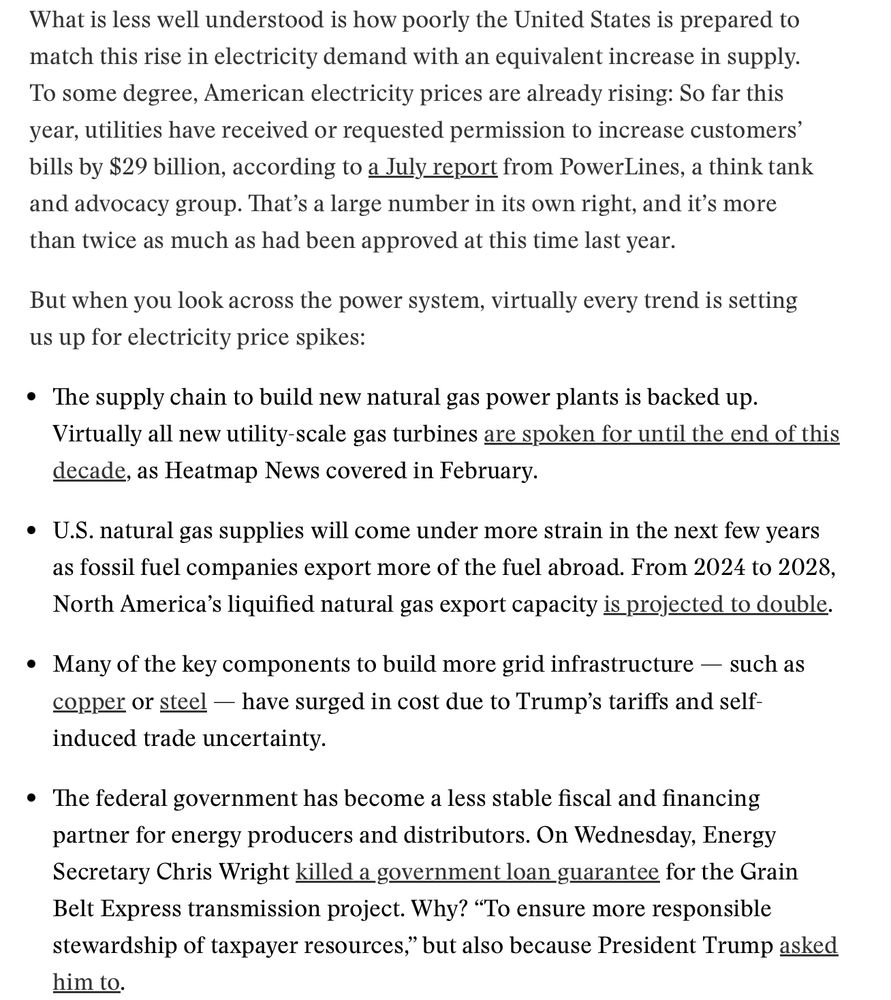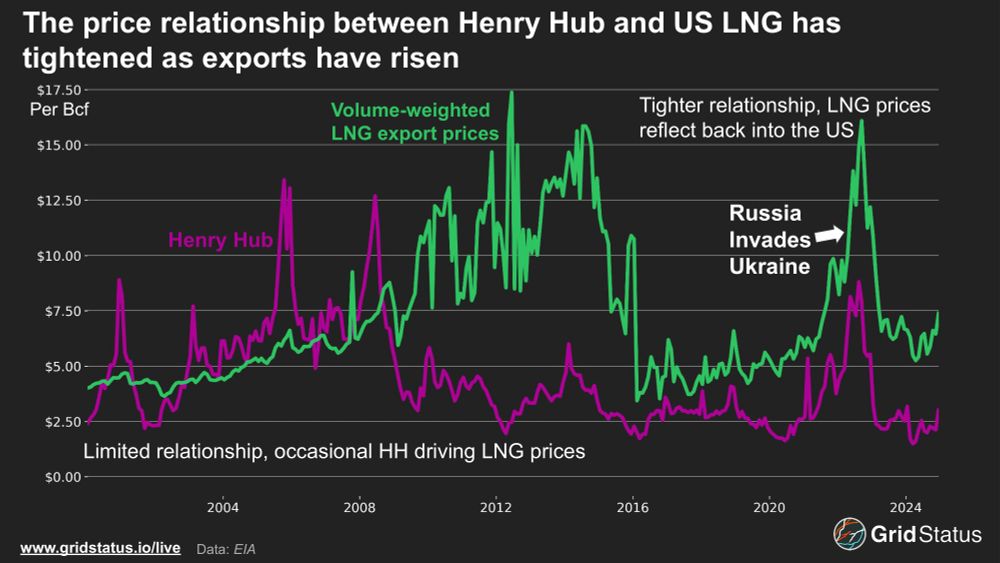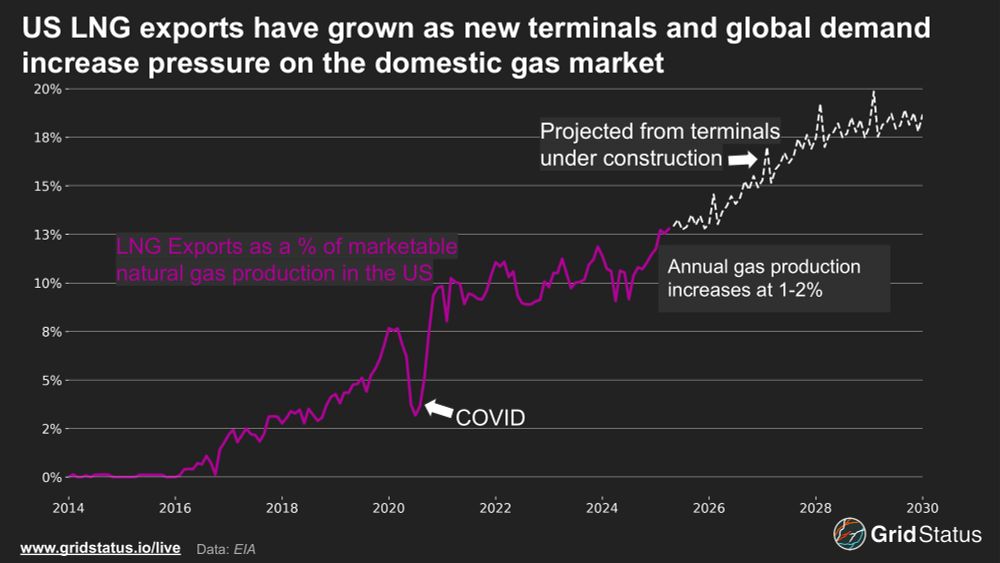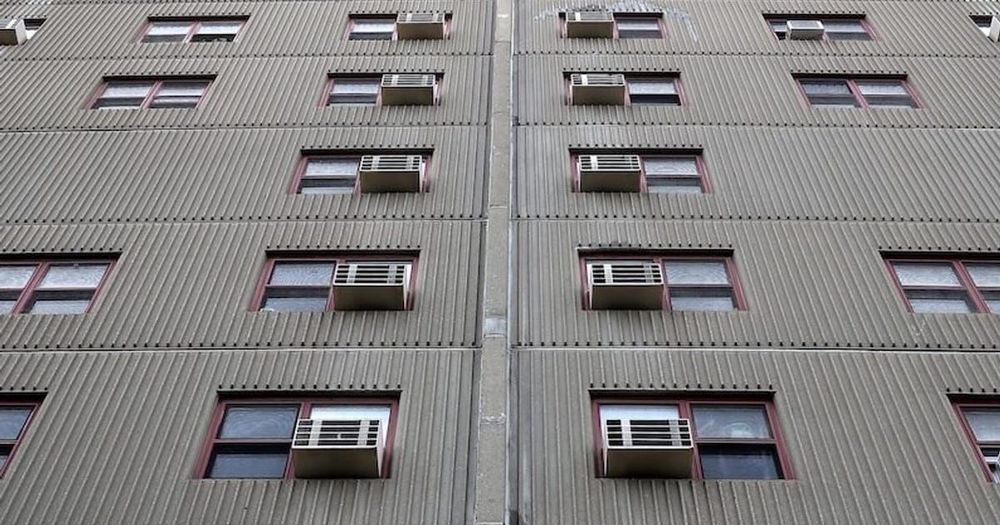Chloe Holden
@chloeholden.bsky.social
260 followers
240 following
20 posts
Interested in clean power, virtual power plants, and disaster resilience. Research analyst & VPP advocate at Advanced Energy United
Posts
Media
Videos
Starter Packs
Reposted by Chloe Holden
Reposted by Chloe Holden
Chloe Holden
@chloeholden.bsky.social
· Aug 22
Reposted by Chloe Holden
Chloe Holden
@chloeholden.bsky.social
· Jul 31
Chloe Holden
@chloeholden.bsky.social
· Jul 31
Chloe Holden
@chloeholden.bsky.social
· Jul 31
Chloe Holden
@chloeholden.bsky.social
· Jul 31
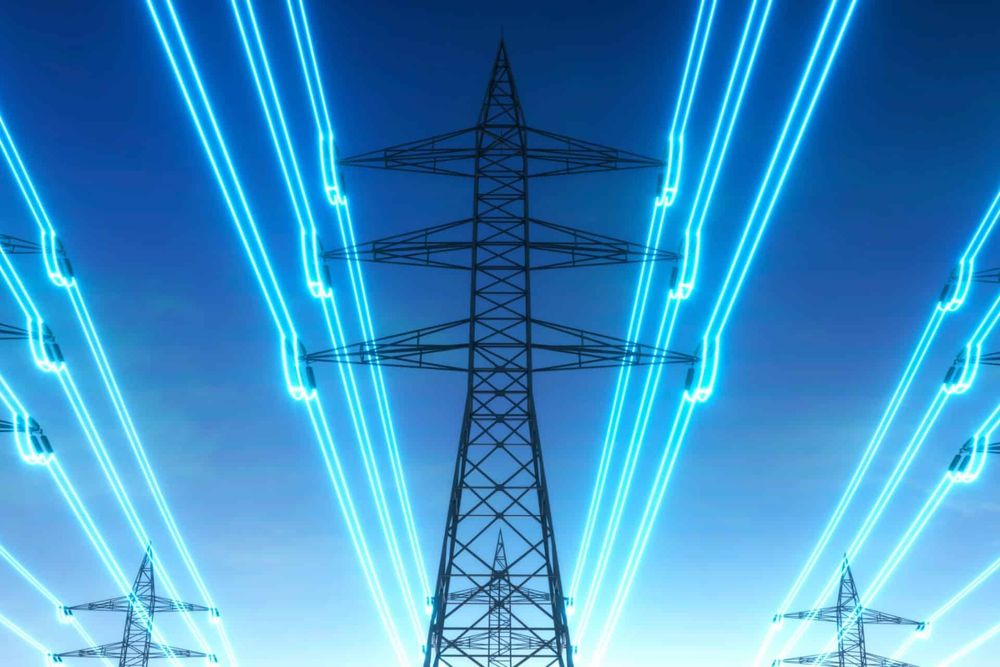
Clean Energy Isn't Driving Power Price Spikes • Energy Innovation
New Energy Innovation research finds the biggest culprits behind rising utility bills include fossil fuels and the climate change impacts they cause, not clean energy.
energyinnovation.org
Reposted by Chloe Holden
Josh Lappen
@jlappen1.bsky.social
· Jul 24
Chloe Holden
@chloeholden.bsky.social
· Jul 29
Reposted by Chloe Holden
Yair Wallach
@yairwallach.bsky.social
· Jul 24
Reposted by Chloe Holden
Chloe Holden
@chloeholden.bsky.social
· Jul 25
Reposted by Chloe Holden
Reposted by Chloe Holden
Floodlight
@floodlightnews.org
· Jul 18

Data centers are building their own gas power plants in Texas
Not so long ago, developers of the massive server farms talked about powering them with wind and solar power. But now, with the coming of power-hungry AI platforms, they’re bypassing the grid,…
floodlightnews.org
Reposted by Chloe Holden
Chloe Holden
@chloeholden.bsky.social
· Jul 15
Reposted by Chloe Holden
Reposted by Chloe Holden









